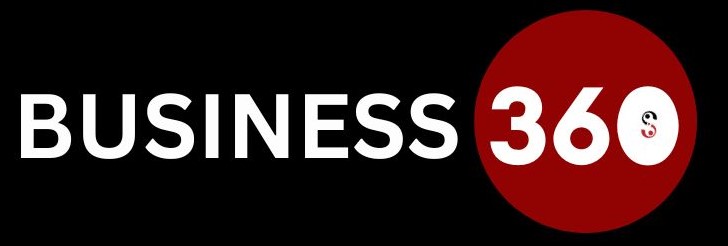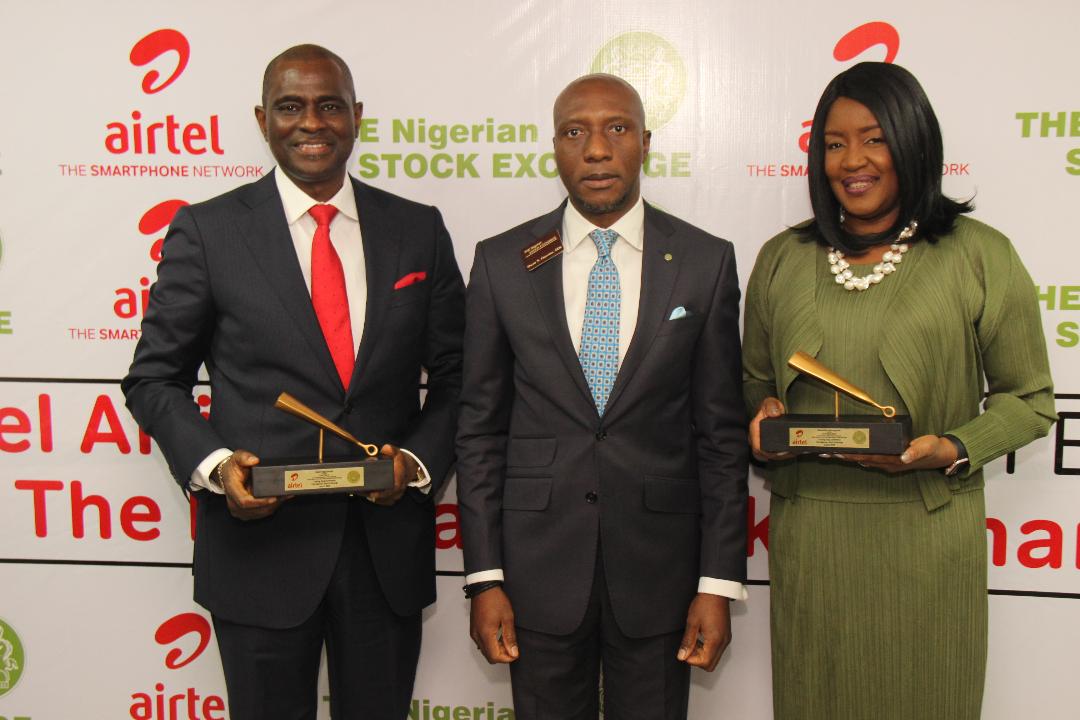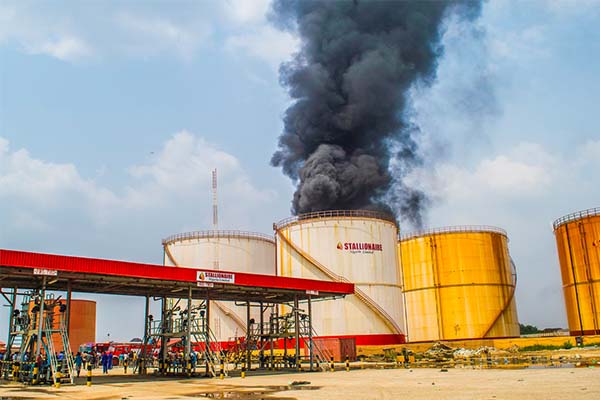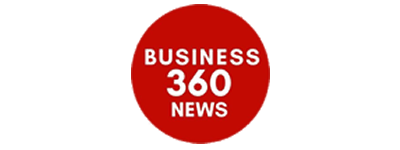According to S&P Global, the United States (US) composite Purchasing Managers’ Index (PMI) rose to 53.0 points in May from 50.6 in April, marking the 27th consecutive month above the key 50.0-point expansion threshold. The improvement signals resilient private sector activity, with both services and manufacturing showing increased output driven by rising new business.
In detail, the services PMI jumped to 53.7 in May (April: 50.8), supported by higher client spending amid improved business stability. However, firms in the sector faced mounting cost pressures due to tariffs and rising wages, resulting in the sharpest output price increase since August 2022.
The manufacturing PMI also improved to 52.0 points (April: 50.2), buoyed by higher production and new orders, reinforcing a positive short-term outlook for the US economy. That said, risks remain. Uncertainty around tariffs and cost pass-throughs could impact sentiment and margins moving forward.
In contrast, inflation in the Euro Area eased to 1.9% year-on-year in May from 2.2% in April, according to Eurostat. The moderation, below expectations, stemmed largely from slowing services inflation and continued energy price declines. Monthly consumer prices remained flat, compared to a 0.6% rise in April.
With inflation now below the European Central Bank’s (ECB) 2.0% target, and core inflation remaining sticky, analysts suggest the ECB may adopt a wait-and-see approach. While a further rate cut in July remains possible, policymakers are expected to monitor wage trends and market conditions before committing to more easing.

















